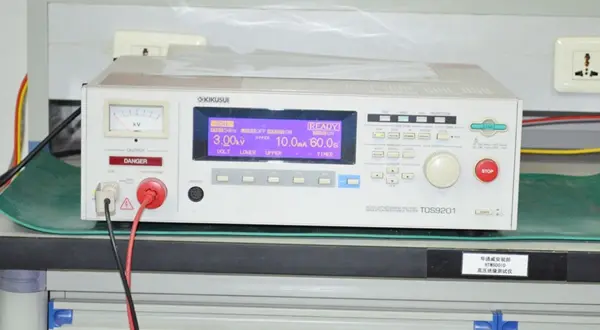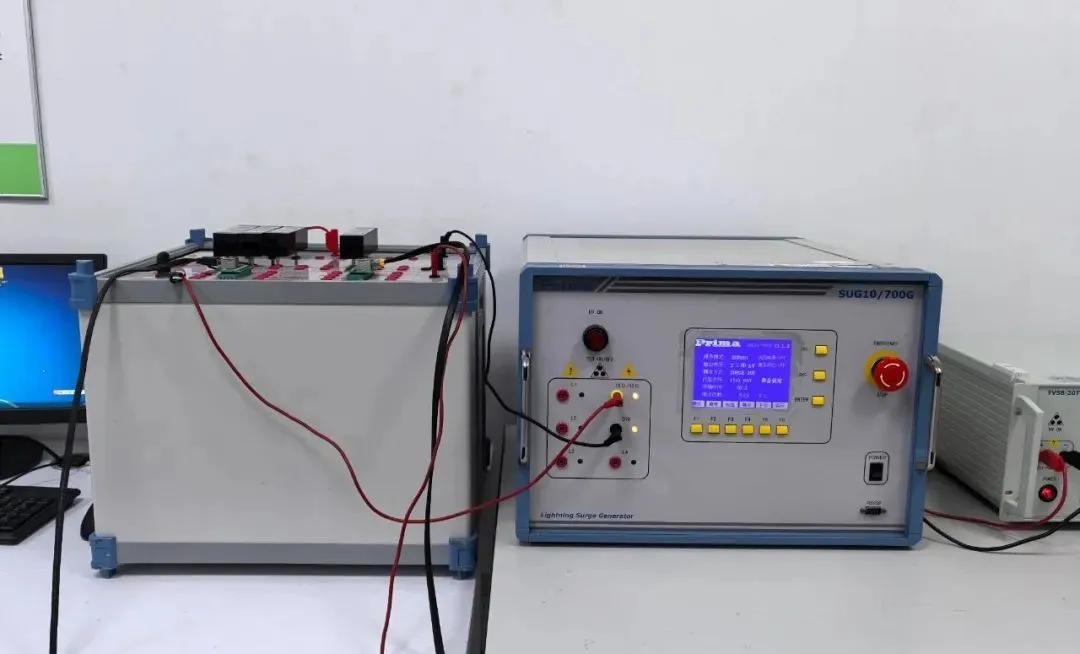
Amazon EU Electromagnetic Compatibility CE EMC Certification
EU Requirements: Directive 2014/30/EU (referRED to as the EMC Directive) specifies equipment requirements to ensure compliance with appropriate levels of electromagnetic compatibility, aimed at preventing electromagnetic interference. The EMC Directive outlines basic requirements, labeling requirements, conformity assessment procedures, and other obligations related to electromagnetic compatibility.
EU Requirements: Which goods does the EMC Directive apply to?
The EMC Directive applies to equipment, defined as (i) single-function devices sold to end-users that are susceptible to electromagnetic interference or whose performance may be affected by such interference (defined as 'apparatus'), and (ii) combinations thereof assembled, installed, and intended for permanent use at a predetermined location (and other possible equipment) (defined as 'fixed installations').
There are exceptions, including aerospace products, radio equipment used by radio amateurs, and customized evaluation kits designed exclusively for professionals for research and development purposes.
Who does the EMC Directive oblige?
The EMC Directive specifies obligations for manufacturers, authorized representatives, importers, and distributors.
- If you manufacture apparatus yourself or have apparatus designed and manufactured on your behalf and sell under your name or trademark, you are considered a manufacturer.
- If manufacturers authorize you in writing to perform specific tasks on their behalf, you are considered an authorized representative.
- If your company is based in the EU and imports apparatus from outside the EU into the EU, you are considered an importer.
- If you sell or supply apparatus but are not the manufacturer or importer of the apparatus, you are considered a distributor.
What are the main requirements of the EMC Directive?
Declaration of conformity and ce marking:
Manufacturer responsibilities include:
- Ensuring that the design and manufacture of equipment comply with the basic requirements specified in the EMC Directive's Annex.
- Performing conformity assessment and drafting necessary technical documentation in the language required by the member state where the electrical equipment is sold.
- Affixing the CE marking with durable material on the electrical equipment or its nameplate and packaging in a visible location with clear lettering.
Importer responsibilities include:
- Ensuring that the manufacturer has conducted appropriate conformity assessment procedures.
- Ensuring that the manufacturer has drafted technical documentation.
- Ensuring that electrical equipment bears the CE marking and is accompanied by necessary documents.
- Ensuring that storage or transportation conditions during their responsibility of electrical equipment do not impede compliance with basic requirements.
- Manufacturers and importers must retain technical documentation and declaration of conformity for 10 years after the equipment is placed on the market or supplied.
Distributor responsibilities include:
- FULfilling obligations as required by the EMC Directive.
- Ensuring that storage or transportation conditions during their responsibility of equipment do not impede compliance with basic requirements.
Labeling and Information:
Manufacturers and importers must ensure that equipment includes:
- Manufacturer and importer (if applicable) names, registered trademarks, or registered trademarks, and mailing addresses where they can be contacted.
- Type, batch, serial number, or other elements identifying the equipment.
- CE marking.
Distributors must verify that equipment includes CE marking, type, batch, serial number, or other elements identifying the equipment, as well as detailed information about the manufacturer and importer.
If such information cannot be marked on the equipment, it should be affixed to the equipment's packaging or written in accompanying documents. Additionally, electrical equipment must include relevant instructions, safety information, and declarations of conformity.
What should be done if equipment does not comply with the EMC Directive?
Manufacturers, importers, and distributors must take necessary corrective actions immediately to ensure compliance with relevant regulations, withdraw it from the market, or recall it as appropriate.
If there is a risk associated with the equipment, manufacturers, importers, and distributors must immediately notify the national competent authorities of the member states to which the equipment is being marketed, detailing non-compliance and any corrective actions taken.
Manufacturers, importers, and distributors must provide all information and documents to national competent authorities in paper or electronic form as reasonably requested to demonstrate compliance with the EMC Directive."
China JJR Laboratory provides Amazon EU Electromagnetic Compatibility CE emc certification testing services. We are an IEC 17025 accredited laboratory located in China, helping businesses save 30% on certification costs.
Email:hello@jjrlab.com
Write your message here and send it to us
 How to get EN 62368-1 Test Report
How to get EN 62368-1 Test Report
 EN 300 328 Bluetooth Test Report
EN 300 328 Bluetooth Test Report
 How to get the EN 300328 Test Report?
How to get the EN 300328 Test Report?
 In-depth Interpretation of SAA Certification Q&
In-depth Interpretation of SAA Certification Q&
 Differences Between EN71 and CPC for Children's To
Differences Between EN71 and CPC for Children's To
 IP56/IP67/IP68 Waterproof and Dustproof Rating Tes
IP56/IP67/IP68 Waterproof and Dustproof Rating Tes
 CPC Certification Requirements
CPC Certification Requirements
 Amazon Electric Kettle Certification UL1082 Test
Amazon Electric Kettle Certification UL1082 Test
Leave us a message
24-hour online customer service at any time to respond, so that you worry!




